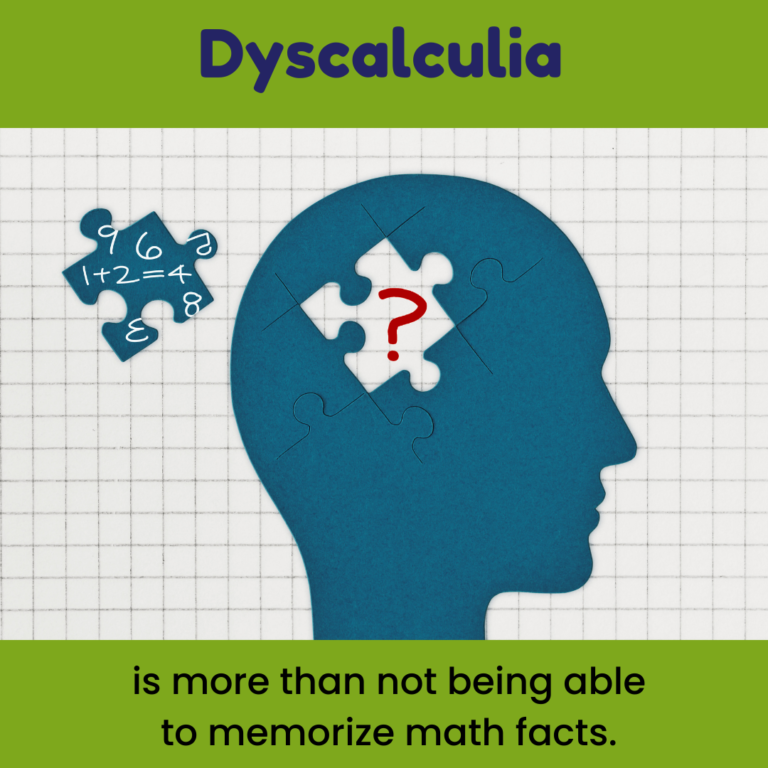Dyscalculia is a learning disability where students have difficulty comprehending and working with numbers. Kids with dyscalculia have trouble with math concepts, counting, memorizing basic facts, solving word problems, and even estimating quantities.
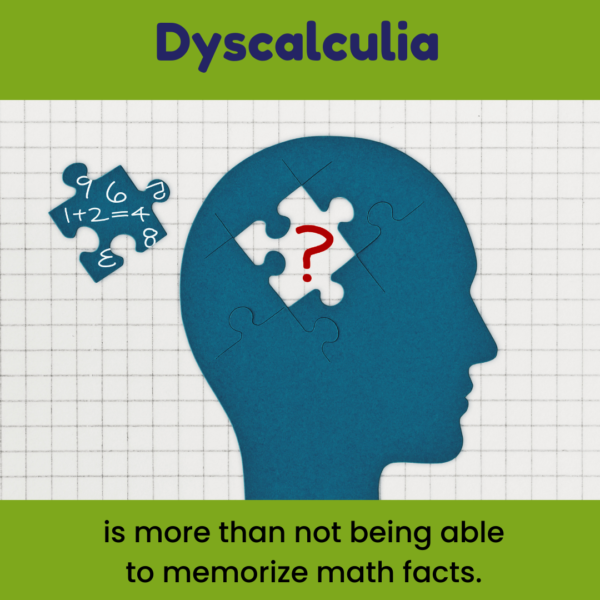
The first sign that homeschool parents often notice is when their child struggles to memorize addition or multiplication facts. Another sign is curriculum hopping because no program appears to work. However, there are things you can do to help your child who struggles with math, whether or not a diagnostic assessment of dyscalculia has been conducted.
This post will explore the brain science behind dyscalculia, its characteristic symptoms, and some effective strategies that homeschool parents can try to proactively help with teaching math more effectively.
Understanding Symptoms of Dyscalculia
Dyscalculia is a learning disorder that affects an individual’s ability to understand and work with numbers. It is estimated that about 6% of the population has dyscalculia, which makes it a common learning issue.
Students with dyscalculia have difficulty grasping mathematical concepts such as the meaning of the operations of addition, subtraction, multiplication, and division. Other math concepts that present a challenge are place value, visual spatial relationships, and fractions.
Many students do not recognize that math is a form of language, so translating word problems is a frequent troublesome area. Most math programs gloss over clue words in math that could be helpful to students with dyscalculia in learning how to solve word problems.
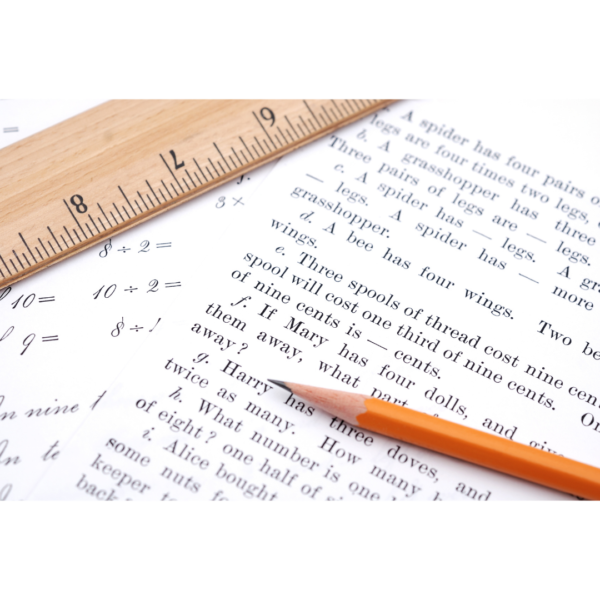
Practical mathematical life skills, such as measuring, telling time, and counting money are skills that seem like entirely new math skills to a kid with dyscalculia. Neurotypical students may see these skills as applications of previously learned math skills. Students with dyscalculia may also have difficulty with reading and interpreting graphs and plotting points on the coordinate plane in algebra.

Unlike individuals with typical math struggles, those with dyscalculia may have difficulty understanding the relationships between numbers and operations. This means they might not be able to perform various patterns in counting, understanding the difference between individual items and groups, skip counting, or seeing the relationships between sides of triangles.
It is important to understand that dyscalculia is not the same as being math anxiety. People with dyscalculia often have normal or even high intelligence, and their difficulties with math are not related to their overall intellectual ability.
Brain Causes of Dyscalculia
Let’s explore the characteristics of dyscalculia, the brain science behind it, and effective interventions and strategies for teachers to help students with dyscalculia.
Research on the brain processes involved with dyscalculia is much more recent that that of dyslexia and attention-deficit disorder. Most neurotypical children show an innate understanding of basic number skills, including the values of numbers under 10 and for knowing that adding is putting together and subtracting is taking apart.
Butterworth’s (2001) theory suggests that mathematical difficulties in children with dyscalculia are due to an innate and developmental deficit in understanding the basic numerical concepts.
Geary (2008) suggested that different conceptual and procedural brain processes are involved in learning mathematics.
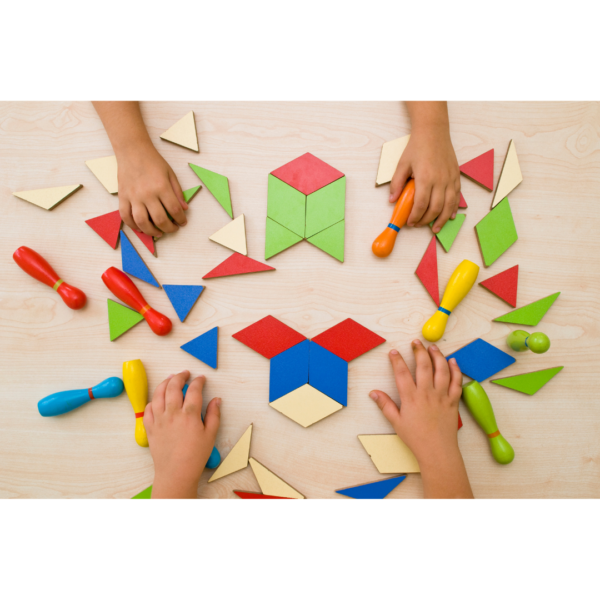
Current research (Agostini, et al, 2022) research suggests that it may be related to differences in brain structure and function. Neuroscience research has progressed to show that genetics, processing speed, phonological awareness, short- and long-term memory, and attention skills are all involved in determining dyscalculia.
Processing speed is directly proportional to short-term memory storage capacity, and thus transfer to long-term memory. Short-term memory affects learning and retrieving basic math facts. Executive functions, like attention, organization, and decision-making impact mathematical problem-solving. Phonological awareness and language deficits impact symbolic processing of both numerals and word problems. Thus, the comorbidity (overlap) is common between dyslexia, ADHD and dyscalculia is very common; however, not guaranteed.
Homeschool moms often have a gut feeling that something is wrong but are frequently confused as to why their highly intelligent child struggles with math. Frequently, this is noticed when a child struggles in memorizing either the addition or multiplication facts. With or without a diagnosis of dyscalculia, you can try any or all of the strategies for helping your child be more successful in learning math.
Dyscalculia is not the same as laziness or lack of motivation!
Students of any age with dyscalculia often experience frustration, anxiety, and low self-esteem as a result of their difficulties with math. It’s important for homeschool parents to recognize that dyscalculia is a legitimate learning disability and to not assume your child is being lazy or obstinate. Curriculum is also not the culprit in why kids with dyscalculia have difficulty learning math. Yes, some curricula can be a better fit for a learner with dyscalculia; however, that does not mean that your chosen curriculum isn’t a good program.
How to Help Kids with Dyscalculia
1. Adults teach – curriculum is not a teacher.
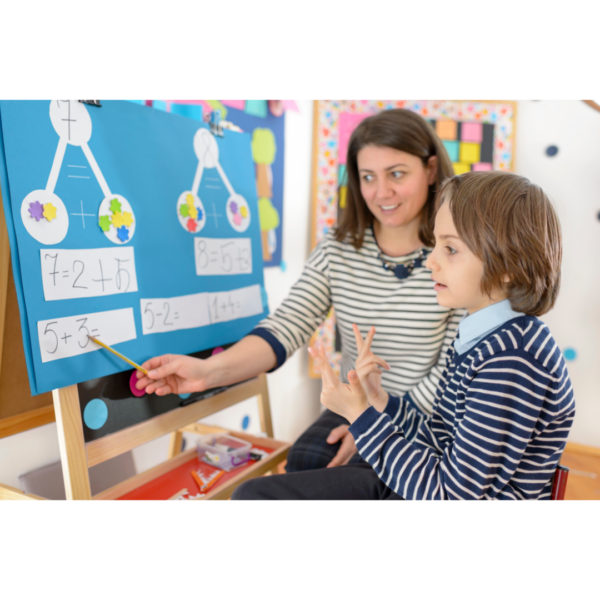
First, we need to understand that as homeschool parents, WE are the teachers and responsible for mastery – not a curriculum. In recent years, some math programs have advertised and even named their programs as mastery-based. Be careful. The design of every curriculum is different. The scope and sequence of skills may be similar, but again, each program is slightly different. Depending on the needs of your child, you may end up teaching by goals and objectives and using a variety of supplementary products to ensure your student gets enough practice and strategy training to master skills without getting stuck for years.
2. Use multisensory approaches.
Students with dyscalculia benefit from using the multiple senses of seeing, hearing, saying, tactile (writing), and kinesthetic (moving) to learn math. Use flash cards with play dough, running games, arm writing, textured dominoes, magnetic dominoes, sand tray, and more to provide multisensory experiences in practicing.
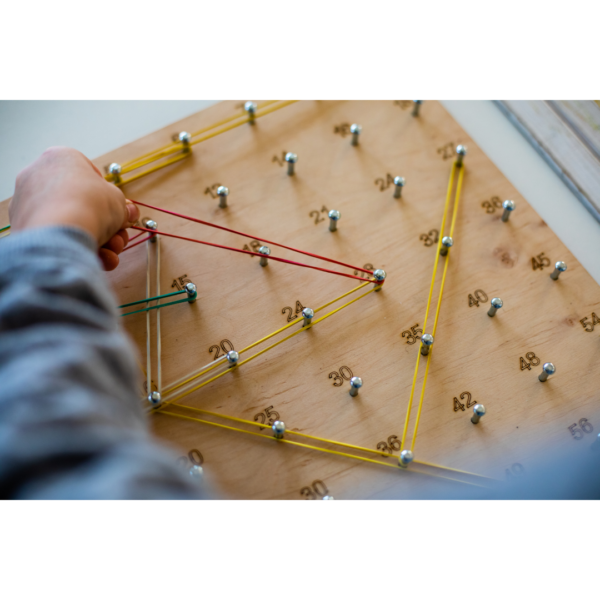
3. Follow the sequence of concept development.
All students, and especially those with dyscalculia, benefit from explicit and direct instruction moving from concrete manipulatives to pictorial (pictures of manipulatives) to semi-abstract (tallies or math dots) to abstract (numerals only).
As with schools, we often want to be sure our kids can do the paper-pencil calculations; however, when we move too quickly away from manipulatives directly to numbers without the scaffolded supports, kids with dyscalculia experience gaps in their concepts and calculation skills.
4. Provide frequent feedback.
.Students with dyscalculia make better math gains when they have frequent feedback, preferably immediate. Positive reinforcement and constructive criticism can go a long way in building confidence and helping students to improve.
Think about WHY your child is making mistakes. Is it a matter of not knowing the value of the numbers? Lining up the digits by place value? Miscounting? Using the wrong operation? Forgetting a complex process, like subtraction with regrouping (borrowing)?
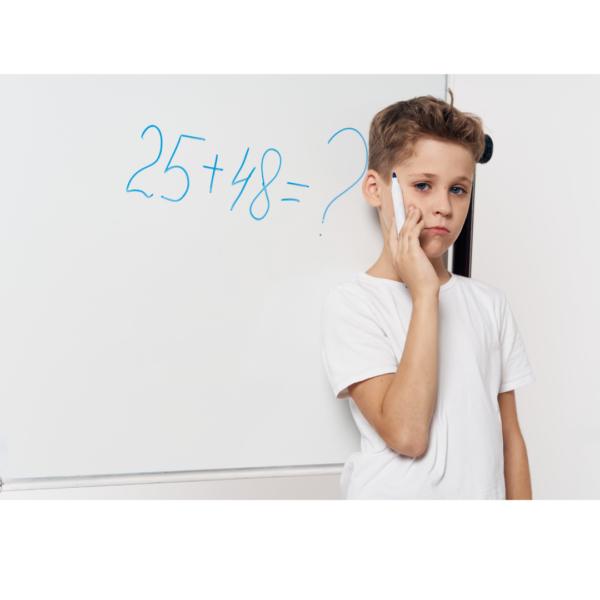
Students with dyscalculia make better math gains when they have frequent feedback, preferably immediate. Positive reinforcement and constructive criticism can go a long way in building confidence and helping students to improve.
Think about WHY your child is making mistakes. Is it a matter of not knowing the value of the numbers? Lining up the digits by place value? Miscounting? Using the wrong operation? Forgetting a complex process, like subtraction with regrouping (borrowing)?
I like to follow a Montessori lesson sequence:
I show you.
Let’s do it together.
Now you try on your own.
When it comes to practicing facts, I like to provide the dot math (touchpoint) strategy for addition and subtraction and skip counting groups for multiplication.
5. Use real life examples.
Abstract concepts and skills are the highest-level thinking skills for math. For kids with dyscalculia, relevance in math is important – even for algebra. For example, using money or baking can be a great way to teach students about addition and subtraction. Using packages in stores with multiple items in packages can help establish the concept of multiplication as counting groups.

6. Use puzzles and games.
Games and puzzles are a fun and engaging way to help students with dyscalculia practice their math skills. Creating games, perfect practice activities, and self-checking activities can provide fun ways for kids to practice math facts in engaging multisensory ways. There are many math games and puzzles available online. Commercial games like Goblet, dominoes, Monopoly, or card games can also be modified to help students with specific math skills. Of course, I’ve made hundreds of folder board games over the years that you can get in our Unique Learners store. That way you don’t have to create your own, and our games are much less costly than commercial games, including those by educational companies.
7. Teach strategies.
Strategy training helps mainly with math processes, like regrouping, reducing fractions, long division, and so on. Start by teaching the strategy and having your child use a cue card with a mnemonic or graphic organizer when learning the technique. Strategies help kids with dyscalculia to use self-reflection, planning, and monitoring to better understand efficient math processes and translate word problems into equations by clue words.
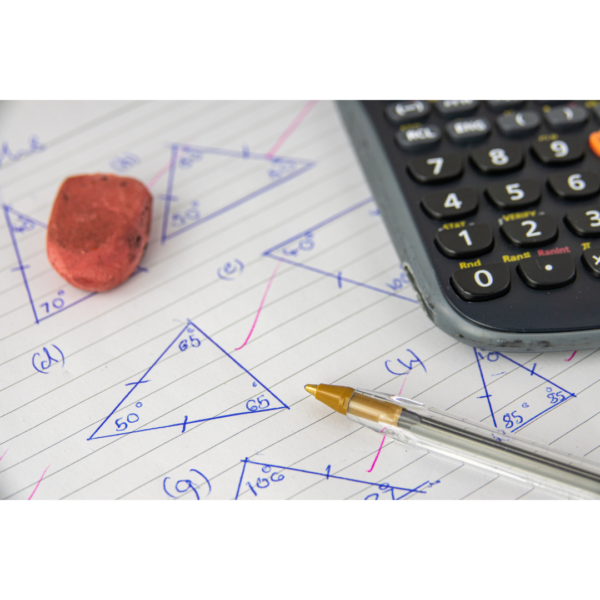
Remember to always be patient, flexible, and accommodating, and celebrate the small gains that your student makes along the way. If you want more guidance for how to help your child or teen with dyscalculia, follow our page on social media or consider becoming a subscribing member to the Unique Learners community!
Here are some links for more info about dyscalculia:
Agostini, F., Zoccolotti, P., & Casagrande, M. (2022). Domain-General Cognitive Skills in Children with Mathematical Difficulties and Dyscalculia: A Systematic Review of the Literature. Brain Sciences, 12(2), 239. MDPI AG. Retrieved from http://dx.doi.org/10.3390/brainsci12020239
https://www.dyscalculia.org/diagnostic-evaluation/math-ld-symptoms
https://www.ascd.org/el/articles/wired-for-mathematics-a-conversation-with-brian-butterworth
